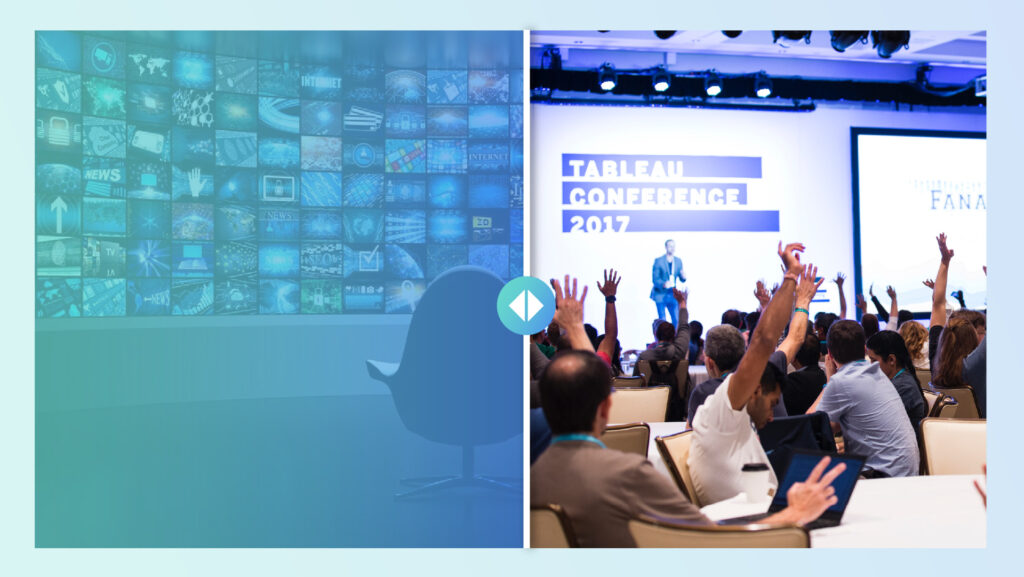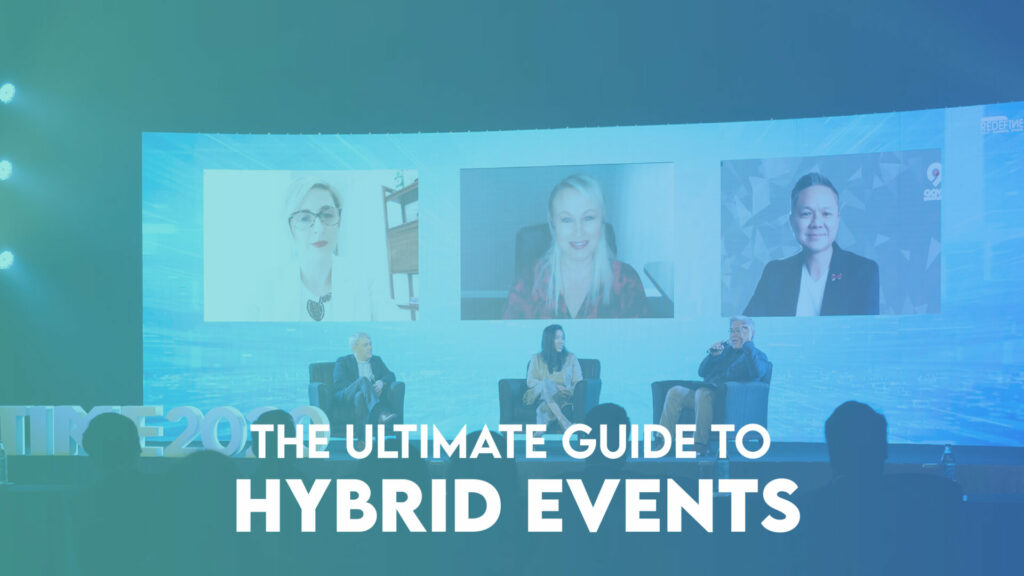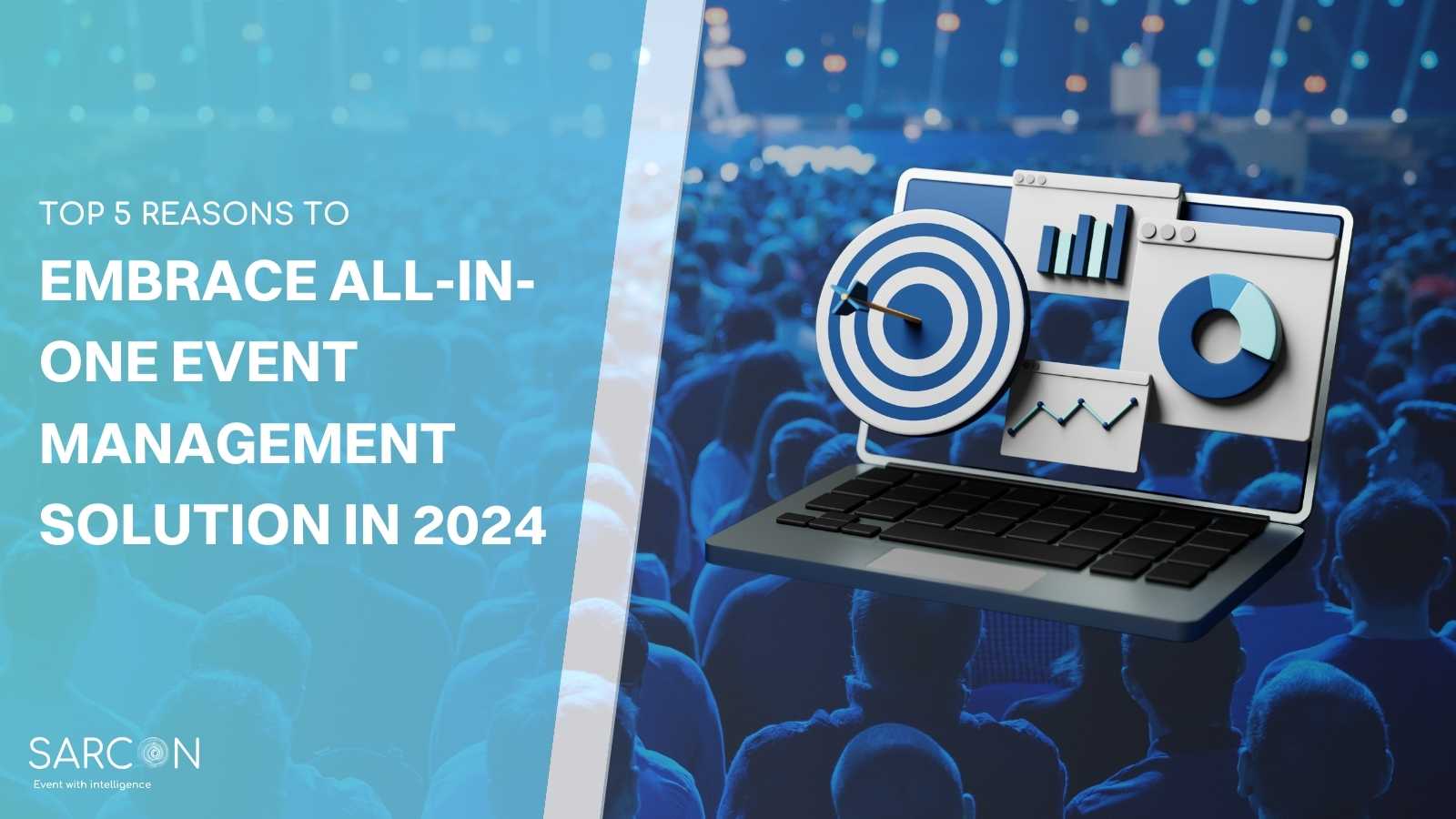The journey of projecting an actual geophysical location, comprising of countless immutable variables, from vast landscapes to high-rise properties coated with the finest of colours that could possibly exist against the backdrop of blue skies accompanied by the cacophony of busy city streets, onto the infinitesimal pixel that never knew about colours other than RGB and lay dormant inside the screens that only a limited number of people had access to, began during the infancy of internet in the year 1993. Short two-minute videos of hotel properties were the first ones to announce the onset of video webcasting on the internet.
In the present day, thanks to technological advances, we are able to accurately replicate the geophysical locations online and sometimes can come up with our phantasmagorical environments; the only limit being the artist’s imagination.
The Leap
We came significantly far from shooting videos of hotel properties for travel agents who would then send these videos to potential customers across states with the intent of showcasing them as a demo to virtually replicating such properties with the intent to immerse these potential customers into the three-dimensional twin of the physical property.
The terms ‘real-estate’ and ‘physical’ branched off and are no longer the independent, indivisible terms they used to be. The term Virtual Real-Estate is slowly becoming an integral part of the online world and so is the term Metaphysical.
Then and Now
What did the merger of video webcasting, high internet bandwidth, global internet availability, sophisticated design tools, and the invention of software development yield?
Up until 2020, companies would leave no stone unturned to make the most out of global expos and tradeshows; marketing their products and services to a wider audience. This, in turn, provided a platform for the consumers to explore a larger set of options to do business with.
A typical representative from a company who is tasked with spearheading their company’s participation in a seminar, tradeshow, conference, or expo would find themselves bunny hopping countless flights, delivering speeches, doing promotions, heading company presentations, networking, and exchanging business cards across the globe.
Then Covid-19 hit. Individuals and companies as a whole realized that there would be no in-person events for the foreseeable future. Considering the emotional, personal, and professional impact of Covid on the population, few scattered but large groups of individuals were slow in abandoning the hope for the return of physical events.
Thanks to evolution and the powers of adaptation that it has bestowed upon us, we felt that there was a need to explore virtual options and build a plan around them.
Virtual and Hybrid Events – Did You Blink?
The nature of events changed forever, overnight. Smart companies adapted fast and reconsidered their in‐person event strategies, rapidly shifting to virtual or hybrid events.
A major benefit of the indefinite surcease from in‐person event delivery was that it forced in‐person events teams to embrace virtual delivery in ways that would not have been possible had they kept focusing on the production cycle of physical events.
What Are Hybrid Events

A hybrid event, in simpler terms, is like the best of both worlds. It is a physical event encompassing a portion of the entire content program available online, which means it always contains a physical element.
The immediate appeal of this type of event is to counter the limiters that crop up during a physical and virtual event; thereby reaching a wider audience. Pertaining to the current circumstances, it is evident that for an indefinite period of time, events will be virtual, and even when physical events make a comeback, there will forever be a virtual/hybrid portion of the program included. The Greeks have a word that translates to doing something with passion and dedication, eventually leaving your essence and touch to it forever; Meraki.
The hybrid element of an event is like a company’s event insurance policy going forward; a continuity plan as an umbrella against the unpredictable world we live in.
Before we let the fear of the unknown kick in, it is essential to understand that virtual events do not cannibalize physical events. A trusted virtual event platform will make the online attendee want to attend physically, allowing companies to grow their audience and keep the event running after the physical event has ended.
Companies that are dynamic and have been built to weather the many storms emerging technologies bring are using hybrid events to reach a larger audience across geographical divides, taking small, calculative, and remarkable steps to provide value to their customers.
Hybrid events push the extent of reach and life of the content, giving companies the power to tap into new markets, acquire new users, and open the doors to more exciting business opportunities.
Hybrid vs Virtual: A Dissection for the Origins

It is important to understand your target audience’s behaviour and persona before even considering a plan to participate in an event or host one yourself. If your company provides Edtech services, before organizing an education fair, you’d definitely research the various aspects that include but are not limited to the area’s demographics, spending capacity, electricity supply, and access to smart devices.
Waiting for a cruise ship to arrive at an airport is philosophical, not logical.
Sometimes we have to delve deeper into the neuroscience of developing lifelong customers. Virtual proximity is one of the most important yet ironically overlooked aspects of our digital age.
Understanding the power of human proximity provides a necessary base for the concept of virtual proximity. And this understanding is like the last piece of a jigsaw puzzle; just like that, the whole picture of physical, virtual, and hybrid events becomes clear.
The What and Why?
We are social beings, and evolution has shaped us such that we thrive and survive when we are a part of the community. We built communities around and with the people we trust. And it took us a lot of time to trust someone because our primal brain still caught the scent of mutiny lurking behind those strange eyes.
Our brain processes an astounding amount of information even today before it completely accepts a stranger into its life.
There is a sense of ‘social distance’ (this term has existed for decades before Covid) for interactions among acquaintances that our brain keeps track of. Like walking the exhibit hall at a physical event and being four feet to twelve feet away from that person. Our primal brain unconsciously tracks people who enter our social space.
Then there is ‘Personal distance’, which is for interactions that happen with our good friends or business contacts, and that falls between the range of foot and a half to four feet.
These degrees of human proximity may seem trivial when we take into account large groups and gatherings. But, at the scale of an individual, they are an immutable part of what makes us humans.
These traits play a central role for attendees at in-person events, and the way they predict shared emotional connections with others shapes the entire narrative of an event.
Those who are able to establish physical closeness by interacting with them face-to-face can create stronger emotional bonds. Coherently, few attendees feel utter discomfort if a booth representative approaches them in a seemingly harmless but unwanted way. They become wary.
This seems like a cognitive dissonance, a mental discomfort that results from holding two conflicting beliefs, values, or attitudes.
But that is not something we can change overnight, nor do we wish to focus on.
Observation: We tend to gravitate towards like-minded people, feeling an urge to bond with them. But at the same time, we can never be too cautious, and a single unsolicited gesture from a complete stranger would throw us off the tracks.
Virtual events have an innate ability to deliver the power of connection and that becomes possible because of mirror neurons or our brain’s ability to unconsciously mimic the gestures, emotions, and behaviour of the other person— in this case, for virtual event speakers and planners.
This behaviour acts as a catalyst for the success of virtual events. Individuals unconsciously bond with people they see on screens and on stage. This explains why people feel that they “know” famous personalities and television stars. Even though they have seen those actors on a screen, they feel as if they are in their personal space, our brain hoodwinking us into feeling that we have actually met them.
And this is also true for virtual events. When a speaker’s video is cropped effectively, and they look directly at the camera with a warm and familiar tone, the online attendees will cultivate a powerful bond with them. These positive virtual connections are the promoters of your virtual or hybrid event.
Why Hybrid Events Model Works The Best
Coming this far, the idea and benefits behind hybrid events would have become clear as a day. To summarize: a hybrid event meticulously combines a physical event with a virtual component, creating an interactive and integrated experience for all audience types, tending to each individual’s personal nuances.
Hybrid events extend your brand’s reach and beget new revenue streams for your business. Additionally, the sophisticated virtual components of a hybrid event enable content delivery with finesse, allowing you to address a brand‐new virtual audience who are more than likely to attend a future event in person.
As mentioned earlier, a hybrid event can take place across multiple physical locations piecing together those who are attending the event virtually.
Let’s see a quick example:
- A snippet of what a typical virtual event environment looks like. More than half of your audience is attending your event through this medium, interacting with hyper-realistic 3D virtual worlds built with a powerful virtual events platform.
- Now imagine, the rest of the attendees present physically at your event, interacting and attending the seminars, video presentations, interviews, or product launches simultaneously with the audience who are present online.
- Not only that, but you also get the benefit of hosting special presentations and Q&A sessions with those who are attending virtually and with the attendees in person.
Components of a Succesful Hybrid Event
Strategy is crucial for the success of your hybrid event; a well-defined and cleverly planned. It is, therefore, imperative to define your objectives and metrics upfront. When creating your strategy, identify and lay down the proponents that will slingshot your event milestones, maintaining traction while seamlessly mitigating unforeseen circumstances.
And this, interestingly, is one of the easiest tasks to carry out. Just choose the right platform that understands your needs and has the vision to look at the event through your eyes. Check whether the platform aligns with your expectations and that it employs the right proponents.
Here’s a checklist to help kickstart the process. A virtual and hybrid event management software should include:
- Online Registration, Ticketing, and Onsite Door Management Options
- An admin panel to manage all bookings
- Seamless experience across all platforms
- Mobile View of Hybrid event for in-person attendees
- Responsive 3D designs
- Flexibility to customize booths, expo halls, and networking lounge
- Option to collect event and session feedback
- Robust cloud integration for multi-device admin management
- Ability to conduct surveys and polls, and stay in touch with your attendees in real-time
- Access to files, presentations, and business cards for attendees
- Social media integration
- Real-time reporting, insights, and data validation
Conclusion
Hosting a virtual or hybrid event places you and your organization in unknown territories. But these are vast, bustling grounds of untapped opportunities. They provide you with a stage far grander in magnitude than previously thought possible. Hybrid events, especially, have the potential to catapult your business way ahead of your competitors and present you with the opportunity to dominate the market with a head start. Change is unpredictable, and change is hard, but change is inevitable. There will be friction as you transition to virtual and hybrid events; you’ll likely be faced with some challenges, behind which lies a world that awaits your presence and dominance.



